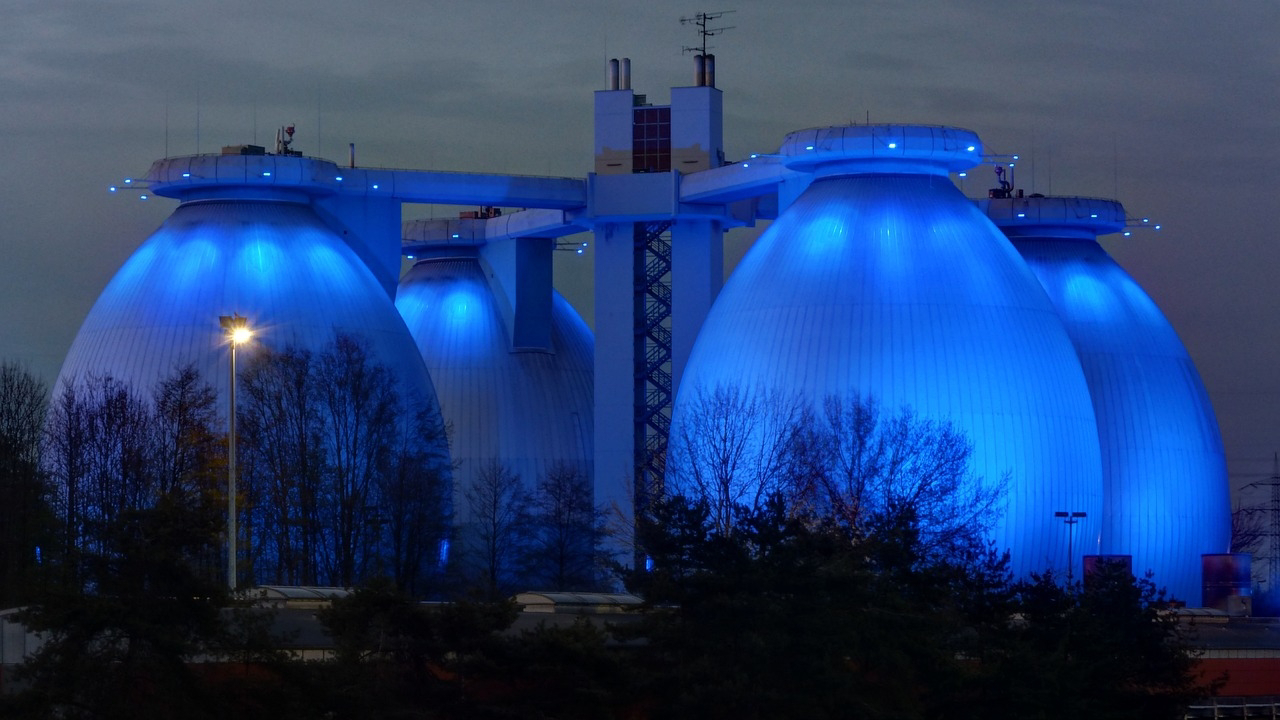Diving into the Depths: Exploring the Features of a Sewage Treatment Plant
Introduction:
In a world striving for sustainability and environmental responsibility, sewage treatment plants are unsung heroes that silently work to safeguard our ecosystems. These facilities play a pivotal role in treating wastewater, ensuring it doesn't harm the environment or public health. In this blog, we embark on a journey through the various features of a sewage treatment plant, unraveling the sophisticated processes that transform dirty water into a valuable resource.
The Mission of a Sewage Treatment Plant:
A sewage treatment plant is a sanitation facility with a clear and vital objective: to purify the wastewater generated by homes, industries, and businesses before returning it to the environment.
The Key Features of a Sewage Treatment Plant:
1. Inflow and Pretreatment:
- Incoming Wastewater: The process begins with the arrival of wastewater, which can contain various pollutants, including solids, chemicals, and pathogens.
- Preliminary Treatment: Large debris is removed using screens and grit chambers to prevent damage to equipment downstream.
2. Primary Treatment:
- Sedimentation: In this phase, the wastewater is allowed to settle, causing heavy solids to sink and form sludge, while lighter materials float to create scum.
- Separation: The sludge and scum are removed and further processed.
3. Secondary Treatment:
- Biological Treatment: Beneficial microorganisms are introduced to consume organic matter, breaking it down into simpler substances.
- Aeration: Oxygen is added to promote the growth of these microorganisms, ensuring efficient treatment.
4. Tertiary Treatment:
- Advanced Filtration: Additional treatment methods, like filtration and chemical disinfection, are employed to further purify the water.
- Nutrient Removal: Some plants remove excess nutrients, such as nitrogen and phosphorus, to prevent water pollution.
Features Enhancing Efficiency and Sustainability:
1. Energy Recovery: Some plants use the biogas generated during treatment to produce electricity, reducing their carbon footprint.
2. Reuse Initiatives: Treated water can be repurposed for irrigation, industrial processes, or even direct potable use, conserving precious freshwater resources.
3. Odor Control: State-of-the-art odor control systems mitigate unpleasant smells that can be associated with sewage treatment.
Benefits of Sewage Treatment Plants:
1. Environmental Protection: Sewage treatment plants play a pivotal role in safeguarding aquatic ecosystems by removing harmful pollutants.
2. Public Health: Proper treatment ensures that waterborne diseases do not spread through contaminated water sources.
3. Resource Conservation: Treated wastewater can be repurposed, reducing the demand on freshwater supplies.
Challenges and Innovations:
1. Climate Resilience: Rising sea levels and extreme weather events challenge the infrastructure of sewage treatment plants, driving innovations in climate resilience.
2. Emerging Contaminants: The presence of emerging contaminants, like pharmaceuticals and microplastics, requires new treatment methods.
Conclusion:
Sewage treatment plants are the unsung champions of a cleaner, healthier, and more sustainable world. They embody our commitment to responsible stewardship of water resources and the protection of ecosystems.
As we delve into the features of these plants, let us recognize and appreciate the dedicated professionals and innovative technologies that make this essential service possible. The work of sewage treatment plants is a testament to the power of human ingenuity in preserving our environment.
Embrace the vital role of sewage treatment plants as the guardians of our water, ensuring a cleaner and more sustainable future for all.




Comments
Post a Comment